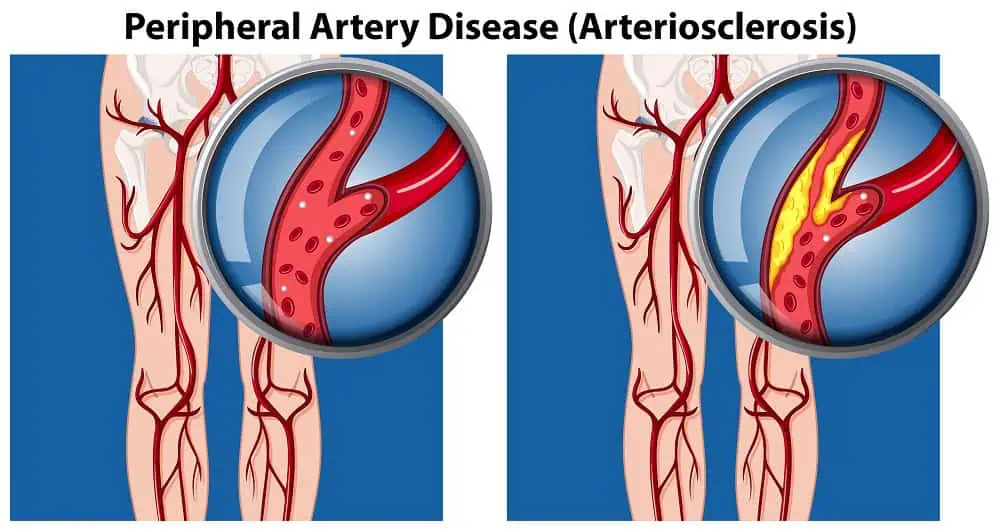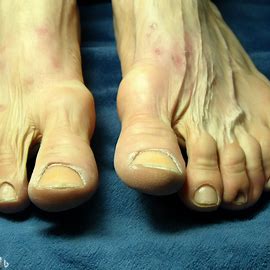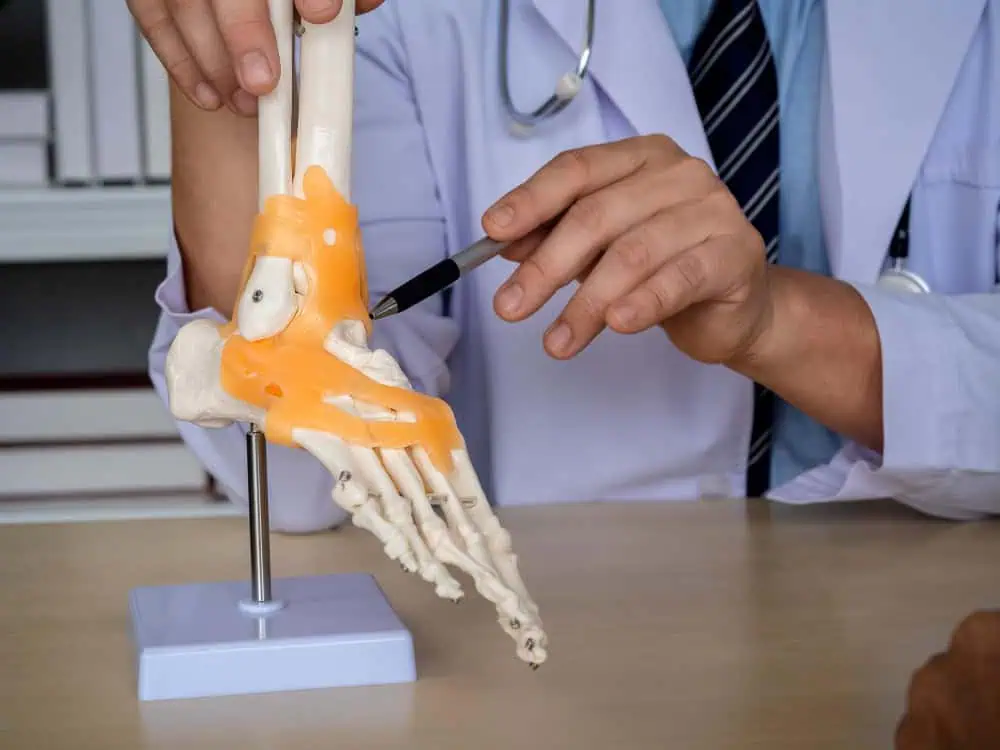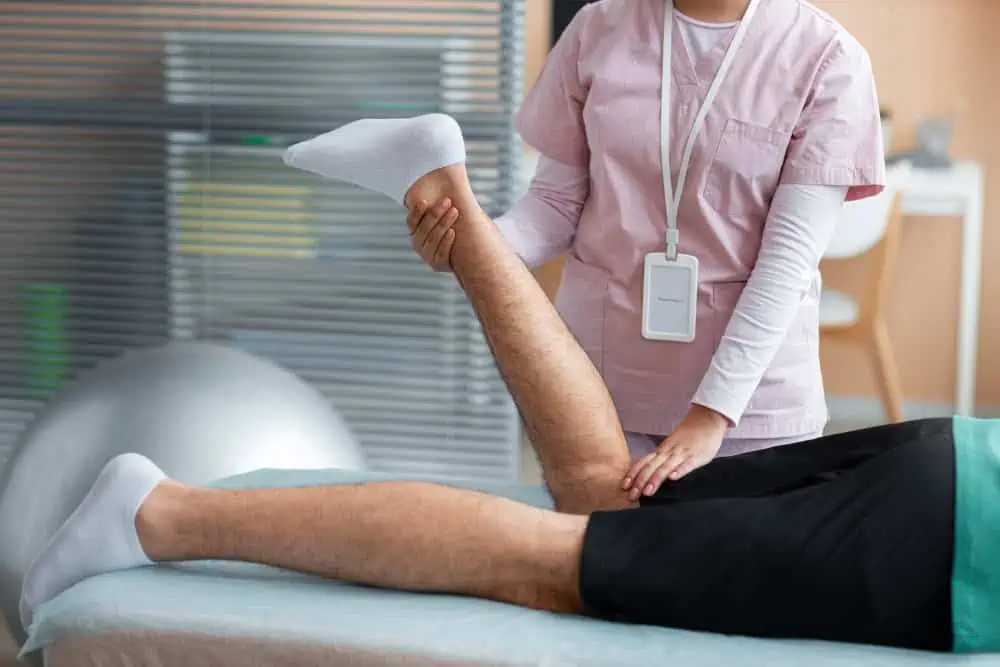Peripheral Arterial Disease (PAD) is a condition characterized by the narrowing or blockage of the arteries that supply blood to the limbs, most commonly affecting the legs. PAD can cause symptoms such as leg pain, cramping, and difficulty with walking. While there is no cure for PAD, various treatment options are available to manage symptoms, slow down disease progression, and improve circulation. In this article, we will explore the approaches commonly used for treating Peripheral Arterial Disease.
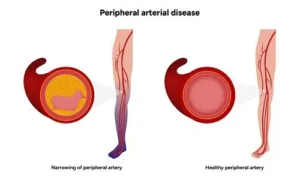
Lifestyle Modifications
Making certain lifestyle changes is an essential part of managing PAD. These modifications can help improve overall vascular health and reduce symptoms. Here are some key lifestyle changes often recommended for individuals with PAD:
1. Smoking Cessation
Quitting smoking is crucial for individuals with PAD as smoking can significantly worsen the condition and increase the risk of complications. Smoking cessation programs, nicotine replacement therapies, and support groups can help individuals quit smoking successfully.
2. Regular Exercise
Engaging in regular exercise is beneficial for improving circulation and reducing symptoms associated with PAD. A structured exercise program, tailored to the individual’s abilities, may include walking, cycling, and other low-impact activities. It is important to consult with a healthcare professional before starting any exercise regimen.
3. Healthy Diet
A heart-healthy diet that is low in saturated fats, cholesterol, and sodium is recommended for individuals with PAD. Emphasize the consumption of fruits, vegetables, whole grains, lean proteins, and healthy fats. Consult with a registered dietitian for personalized dietary guidance.
4. Weight Management
Maintaining a healthy weight can help reduce the burden on the arteries and improve circulation. If necessary, healthcare professionals can provide guidance on achieving and maintaining a healthy weight through a combination of diet and exercise.
Medications
Medications may be prescribed to manage symptoms, improve blood flow, and reduce the risk of complications associated with PAD. The specific medications prescribed will depend on the individual’s condition and medical history. Some commonly used medications for PAD include:
1. Antiplatelet Agents
Antiplatelet medications, such as aspirin or clopidogrel, are often prescribed to reduce the risk of blood clots and improve blood flow in individuals with PAD.
2. Cholesterol-Lowering Medications
Statins are commonly prescribed to manage high cholesterol levels, which can contribute to the progression of PAD. These medications help lower LDL (bad) cholesterol and reduce the risk of cardiovascular complications.
3. Blood Pressure Medications
Controlling blood pressure is crucial for individuals with PAD. Medications to manage hypertension, such as ACE inhibitors or beta-blockers, may be prescribed to maintain optimal blood pressure levels.
Interventional Procedures
In some cases, interventional procedures may be necessary to restore blood flow and alleviate symptoms in individuals with PAD. These procedures are typically performed by vascular specialists and may include:
1. Angioplasty
During angioplasty, a thin tube (catheter) with a balloon on its tip is inserted into the blocked or narrowed artery. The balloon is inflated to widen the artery and improve blood flow. In some cases, a stent may be placed to help keep the artery open.
2. Atherectomy
Atherectomy involves the removal of plaque from the artery using specialized devices. This procedure helps restore blood flow by clearing the blockage and improving the vessel’s diameter.
3. Bypass Surgery
In severe cases of PAD, bypass surgery may be recommended. During this procedure, a graft is used to bypass the blocked or narrowed artery, allowing blood to flow freely to the affected area.
Regular Follow-up and Monitoring
Individuals with PAD require regular follow-up appointments with their healthcare providers to monitor the progression of the disease and adjust the treatment plan accordingly. Regular monitoring helps identify any changes or complications early on and ensures optimal management of the condition.
Seeking Professional Guidance
If you suspect you have PAD or experience symptoms such as leg pain, cramping, or difficulty with walking, it is important to consult with a healthcare professional specializing in vascular diseases. They can provide an accurate diagnosis, evaluate the severity of your condition, and recommend appropriate treatment options tailored to your specific needs.
Remember, early intervention and proactive management are key to effectively managing PAD and improving your overall vascular health. By making necessary lifestyle modifications, taking prescribed medications, and undergoing interventional procedures when necessary, you can effectively manage symptoms, slow down disease progression, and enhance your quality of life.
In this article, we have explored the treatment options available for managing Peripheral Arterial Disease (PAD). If you suspect you have PAD or experience symptoms associated with the condition, we strongly advise consulting with a healthcare professional for an accurate diagnosis and personalized treatment plan. By seeking timely and appropriate care, you can effectively manage symptoms, improve circulation, and enhance your overall vascular health.

